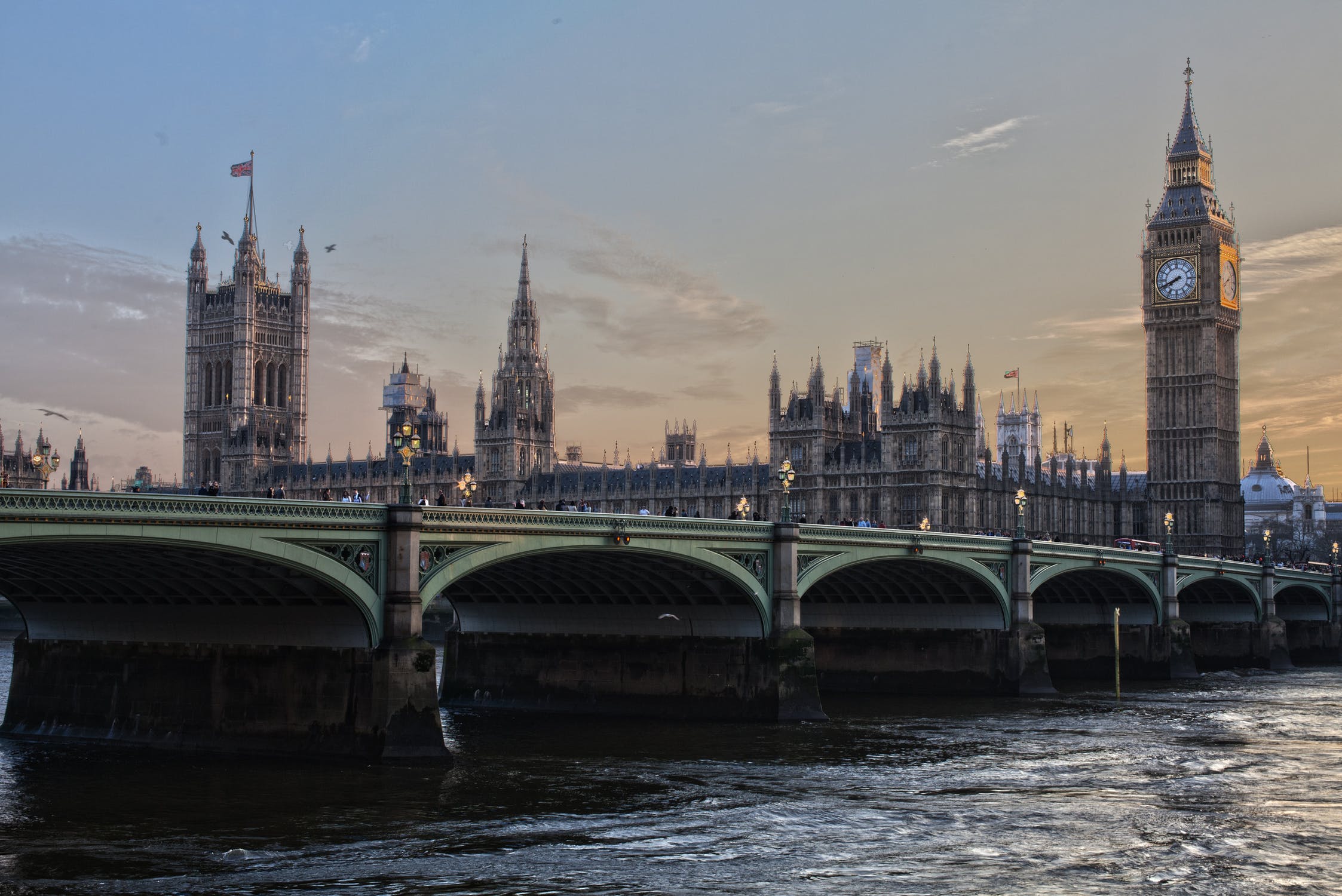The combined deficit of FTSE 100 DB pension schemes increased by £1bn to £21bn during January 2019, JLT Employee Benefits' latest monthly funding update has revealed.
However, the FTSE 100 DB scheme deficit fell by £14bn in comparison to this time last year.
Commenting on the update, JLT chief actuary, Charles Cowling said: “Despite the political turmoil in Westminster and across the EU, the start of 2019 has seen little change to the aggregate position for FTSE 100 pension schemes which continue to show a modest overall deficit.
“Markets seem to be holding their breath as the political dance around Brexit becomes ever more tortuous.”
JLT’s latest figures in its monthly index on revealed that FTSE 100 companies have assets of £656bn and £677bn in liabilities at 31 December 2018. This gives the schemes a funding level of 97 per cent.
Compared to this time last month, assets and liabilities have increased by £10bn from £646bn and by £11bn from £666bn respectively, while the funding level remained unchanged.
In comparison to this time last year, assets fell by £22bn from £678bn and liabilities decreased by £36bn from £713bn.
Cowling added: “Inevitably the outlook for pension scheme deficits depends very much on the outcome of the Brexit negotiations. But the risk of more volatility and higher pension deficits must be high.
“A number of pension schemes have successfully navigated the turbulent markets by taking out investment risk at every opportunity. Others are still trying to de-risk their pension schemes and hoping for favourable market opportunities to emerge.
“This, though, may be a vain hope, and companies and pension trustees have to decide whether they can continue to afford to run with high risk positions. In particular the fall-out from a difficult Christmas in the retail sector seems likely to claim some more victims yet.”
The FTSE 350 pension scheme deficit also fell from January 2018, from £44bn to £29bn, while assets over the same period decreased from £765bn to £742bn, liabilities fell from £809bn to £771bn and the funding level increased from 95 per cent to 96 per cent.
Latest News
-
19 firms join forces to launch new retail investment campaign
-
Four in five bridging professionals confident about 2026 market outlook
-
FCA to press ahead with stablecoin payments next year
-
Titan Wealth acquires Morgans Ltd
-
Mortgage brokers playing ‘pivotal’ part in homebuying journey – Santander
-
Average mortgage rates fall to lowest levels since September 2022
NEW BUILD IN FOCUS - NEW EPISODE OF THE MORTGAGE INSIDER PODCAST, OUT NOW

Figures from the National House-Building Council saw Q1 2025 register a 36% increase in new homes built across the UK compared with the same period last year, representing a striking development for the first-time buyer market. But with the higher cost of building, ongoing planning challenges and new and changing regulations, how sustainable is this growth? And what does it mean for brokers?
The role of the bridging market and technology usage in the industry
Content editor, Dan McGrath, sat down with chief operating officer at Black & White Bridging, Damien Druce, and head of development finance at Empire Global Finance, Pete Williams, to explore the role of the bridging sector, the role of AI across the industry and how the property market has fared in the Labour Government’s first year in office.
Does the North-South divide still exist in the UK housing market?

What do the most expensive parts of the country reveal about shifting demand? And why is the Manchester housing market now outperforming many southern counterparts?
In this episode of the Barclays Mortgage Insider Podcast, host Phil Spencer is joined by Lucian Cook, Head of Research at Savills, and Ross Jones, founder of Home Financial and Evolve Commercial Finance, to explore how regional trends are redefining the UK housing, mortgage and buy-to-let markets.
In this episode of the Barclays Mortgage Insider Podcast, host Phil Spencer is joined by Lucian Cook, Head of Research at Savills, and Ross Jones, founder of Home Financial and Evolve Commercial Finance, to explore how regional trends are redefining the UK housing, mortgage and buy-to-let markets.
The new episode of The Mortgage Insider podcast, out now

Regional housing markets now matter more than ever. While London and the Southeast still tend to dominate the headlines from a house price and affordability perspective, much of the growth in rental yields and buyer demand is coming from other parts of the UK.
In this episode of the Barclays Mortgage Insider Podcast, host Phil Spencer is joined by Lucian Cook, Head of Research at Savills, and Ross Jones, founder of Home Financial and Evolve Commercial Finance.
In this episode of the Barclays Mortgage Insider Podcast, host Phil Spencer is joined by Lucian Cook, Head of Research at Savills, and Ross Jones, founder of Home Financial and Evolve Commercial Finance.
© 2019 Perspective Publishing Privacy & Cookies











Recent Stories